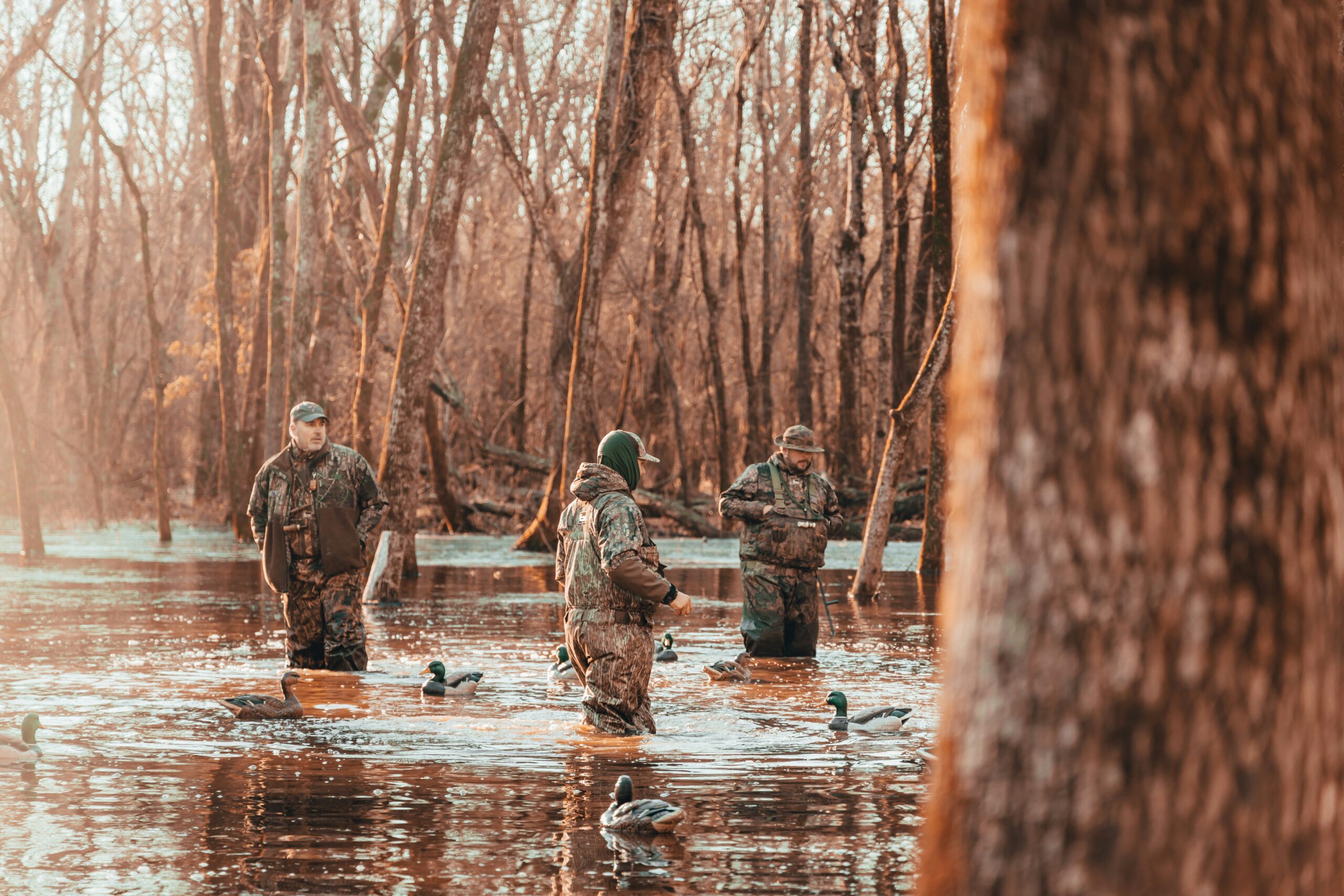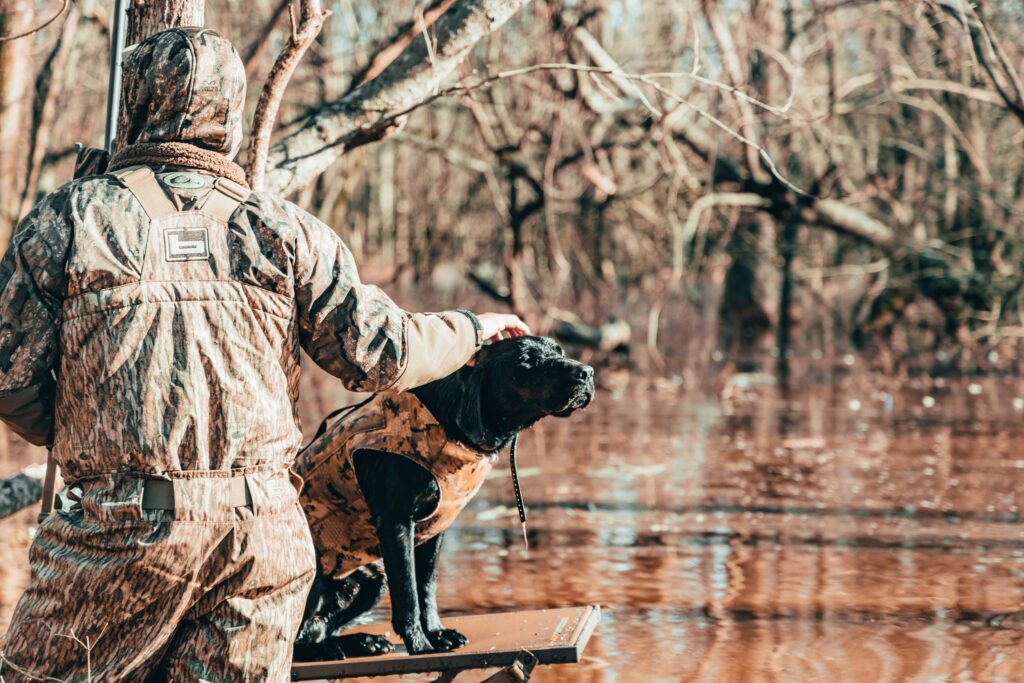Have you ever wondered about the hidden treasures lying beneath the surface of volcanic landscapes? Geodes are fascinating geological formations that can be found in these areas, and their vibrant crystal interiors make them highly sought after by collectors and enthusiasts alike. Embarking on a geode-hunting adventure in volcanic regions can be an exciting endeavor, combining the thrill of discovery with the beauty of nature.

What Are Geodes?
Geodes are essentially hollow rocks that, when cracked open, reveal a stunning array of crystals lining their interiors. They can vary significantly in size and shape, from small, golf-ball-sized specimens to geodes several feet in diameter. The most common types of crystals found inside geodes are quartz, amethyst, and calcite, but other minerals can also be present.
How Are Geodes Formed?
Geodes typically form in volcanic and sedimentary rocks, where gas bubbles have been trapped and mineral-rich water has seeped inside. Over millions of years, the minerals within this water crystallize, creating the beautiful formations you find inside. This prolonged process is what gives geodes their unique and intricate interiors.
Identifying Volcanic Areas for Geode Hunting
Identifying the best volcanic areas for geode hunting can significantly enhance your chances of finding these geological wonders. Volcanic terrains are particularly conducive to geode formation due to their unique combination of variables such as gas bubbles and mineral-laden water.
Regions Known for Geode Finds
While geodes can be found in various places globally, there are a few notable regions renowned for their abundant geode deposits:
| Region | Country | Notable Geode Sites |
|---|---|---|
| Chihuahua | Mexico | Las Choyas |
| Brazil | Various States | Rio Grande do Sul |
| Morocco | Western Sahara | Agadir |
| California | USA | Hauser Beds, Wiley's Well |
| Iowa | USA | Keokuk Region |
Geological Conditions for Geode Formation
Volcanic areas with a history of lava flow and ash deposits are prime locations for geodes. Look for regions with volcanic rock formations such as rhyolite, basalt, and andesite, as these types of rocks commonly harbor geodes.
Preparing for Your Geode Hunting Expedition
Before setting off on your geode-hunting adventure, make sure you are well-prepared. Proper research, the right equipment, and the appropriate permissions are crucial for an enjoyable and successful expedition.
Research and Permission
Start by researching the geological history of your chosen area. National and state parks, geological surveys, and local universities are excellent sources of information. Additionally, check whether collecting geodes in your selected site requires any permits or permissions, as unauthorized collecting can lead to significant fines or penalties.
Necessary Equipment
Having the right tools is essential for geode hunting. Here’s a list of equipment you should consider:
| Equipment | Purpose |
|---|---|
| Rock Hammer | Breaking rocks to find geodes |
| Chisels | Assisting in breaking open rocks and extracting geodes |
| Protective Gloves | Protecting hands from sharp rocks and tools |
| Safety Goggles | Shielding eyes from flying rock fragments |
| Sturdy Backpack | Carrying gear and collected geodes |
| Map and Compass | Navigating the terrain |
| Water and Snacks | Keeping hydrated and energized |
Safety Considerations
Safety should always be a priority when exploring volcanic areas. The landscape can be rugged and unpredictable, so wear appropriate clothing and footwear. Inform someone about your plans, including your expected return time. Always carry a first aid kit and know the basic first aid procedures.
Techniques for Finding and Extracting Geodes
Knowing where and how to find geodes significantly increases your success rate. It requires a keen eye, patience, and some basic techniques to identify and extract these hidden treasures.
Spotting Potential Geode Locations
Look for rounded or egg-shaped rocks, as these are often indicators of geodes. Geodes typically have a bumpy, cauliflower-like exterior. Stream beds, canyon walls, and eroded rock faces are good places to search because natural erosion might have already exposed geode-bearing rocks.
Extracting Geodes from Their Host Rock
Once you've identified a potential geode, use your rock hammer and chisel to carefully extract it. Try to aim for the natural cracks and seams in the rock to avoid damaging the geodes.
Opening Geodes
Opening a geode without damaging its fragile interior can be challenging. Some popular methods include:
| Method | Description |
|---|---|
| Hammer and Chisel | Gently tap around the geode's perimeter to create a split |
| Tile Saw | Use for clean and precise cuts, especially for larger geodes |
| Geode Cracker | A specialized tool designed to apply even pressure and open geodes without collapsing the crystals inside |

Appreciating Your Find
Once you've successfully extracted and opened your geode, take a moment to appreciate your find. Each geode is unique, with its own distinct crystal arrangements and mineral compositions.
Cleaning and Preserving Geodes
To clean your geode, use a soft brush to remove dirt and debris. You can also soak it in a mild detergent solution to loosen any stubborn grime. Avoid using harsh chemicals, as they can damage the crystals.
Displaying Your Geodes
Showcase your geode collection by displaying them in a well-lit area. You might consider using stands or cases to protect and accentuate their beauty. Label each geode with details about where and when it was found to preserve its history.
Environmental and Ethical Considerations
Geode hunting is a rewarding hobby, but it's essential to respect the environment and practice ethical collecting. Over-collecting or disturbing habitats can have negative impacts on the ecosystem.
Leave No Trace
Follow the leave-no-trace principles: pack out all trash, stay on designated trails, and avoid damaging flora and fauna. Filling any holes you dig can prevent accidents and protect the area's natural beauty.
Respect Land Ownership and Regulations
Always seek permission before collecting geodes on private land and adhere to regulations in public areas. Unauthorized collecting can lead to penalties and restrict future access for others.

The Science Behind Geodes
Geodes offer a window into the geological processes that shape our planet. Understanding the science behind their formation can deepen your appreciation for these natural wonders.
Types of Crystals Found in Geodes
The types of crystals found inside geodes can vary widely, influenced by the mineral content of the water that seeps into their cavities. Some commonly found crystal types include:
| Crystal Type | Description |
|---|---|
| Quartz | One of the most common minerals in geodes, known for its hexagonal crystals and variety of colors |
| Amethyst | A purple variety of quartz that forms in geodes, often highly valued by collectors |
| Calcite | Known for its range of crystal shapes and colors, from clear and white to shades of green and orange |
| Chalcedony | A microcrystalline variety of quartz that forms in rounded, botryoidal shapes within geodes |
Geode Formation Process
The formation of geodes can be divided into several stages:
- Cavities Formation: Initial formation of cavities in volcanic or sedimentary rock due to gas bubbles or organic decay.
- Mineral Deposition: Mineral-rich water seeps into these cavities over time, depositing layers of minerals.
- Crystallization: Continued mineral deposition forms crystals, creating the intricate structures seen inside geodes.
Understanding these stages can give you insight into the incredible geological history encapsulated in each geode.
Fun Facts About Geodes
Here are some interesting tidbits that you might find intriguing about geodes:
- Geodes can take millions of years to form, making each one a tiny snapshot of Earth's geological past.
- The word “geode” comes from the Greek word “Geoides,” meaning “earth-like,” reflecting their round, nodule-like shape.
- Some geodes can be deceptively heavy due to their dense crystal interiors, despite appearing relatively small.
Sharing Your Geode-Hunting Experiences
Sharing your geode-hunting experiences with others can enrich the hobby and foster a sense of community. Whether through social media, local rock clubs, or participating in gem and mineral shows, there are numerous ways to connect with fellow enthusiasts.
Online Communities and Resources
Numerous online forums and social media groups are dedicated to rockhounding and geode hunting. These platforms are great for sharing photos, asking for advice, and learning from others' experiences.
Joining Rock and Mineral Clubs
Local rock and mineral clubs often organize field trips, workshops, and events that can enhance your knowledge and provide opportunities to hunt for geodes with experienced collectors.
Attending Gem and Mineral Shows
Gem and mineral shows are excellent venues for seeing a wide variety of geodes and other specimens. These events often feature expert talks, workshops, and vendor booths, providing a wealth of information and resources.
The First-Hand Thrill of Discovery
There's something deeply fulfilling about hunting for geodes, whether you're a novice or an experienced collector. The anticipation of finding that first glittering crystal, the joy of cracking open a geode to reveal its hidden treasures, and the satisfaction of adding a new specimen to your collection—all these experiences contribute to the thrill of geode hunting.
Personal Stories and Testimonials
Hearing personal stories and testimonials from fellow geode hunters can be incredibly motivating. Whether it's the tale of a spectacular find or the camaraderie of a group expedition, these stories can inspire you to embark on your own geode-hunting adventures.
Inspiring the Next Generation
Introduce the younger generation to the wonders of geology through geode hunting. It's a hands-on, educational activity that can spark a lifelong interest in science and nature. Encourage kids to explore, ask questions, and develop their curiosity about the natural world.
Conclusion
Exploring volcanic areas for geodes is a rewarding pursuit, offering the potential for stunning finds and unforgettable adventures. By understanding the geological conditions, preparing adequately, and practicing ethical collecting, you can enjoy a safe and successful geode-hunting experience. Whether you’re admiring the intricate beauty of a newly opened geode or sharing your enthusiasm with fellow rockhounds, the world of geode hunting is filled with endless wonder and discovery. So, gear up, head out, and who knows—you might uncover a piece of the Earth's hidden treasure.
